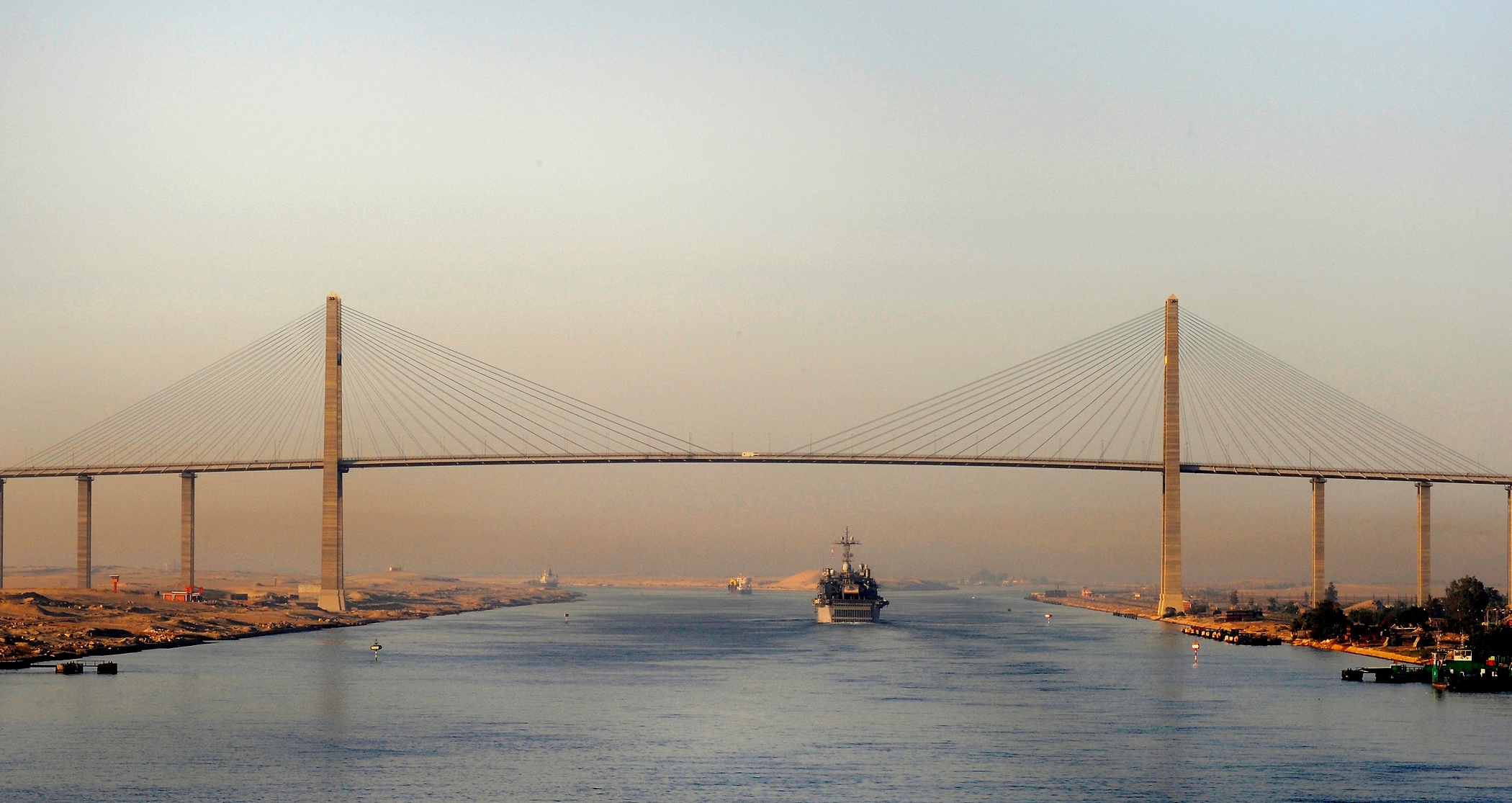
Opening a waterway for shipping transport from the Mediterranean to the Indian Ocean through a passage in the Red Sea, the Suez Canal was under one form of construction or another for 3,700 years. Winding 101 miles (163 kilometers) through desert, connecting lakes until reaching the Isthmus of Suez, the canal links Mediterranean Port Said with Suez on the Red Sea. Over 1.5 million people worked on the project, whose ceremonial opening on November 17, 1869, was celebrated by the commissioning of Verdi’s opera, Aida. It’s one of the world’s most important waterways; in just one month (May 2002), 1,135 vessels transited carrying total tonnage exceeding 27.6 million. Significantly, the firman of 1854, granting concession to Ferdinand de Lesseps by Pasha al-Said, mandates the canal be open on equal terms to ships of all nations: “tariffs of dues for passage shall always be equal for all nations, no particular advantage can ever be stipulated for the exclusive benefit of any one country.” Does the Suez Canal set a precedent for the cooperation of nations, especially through international and transnational infrastructure?

Building the World Blog by Kathleen Lusk Brooke and Zoe G Quinn is licensed under a Creative Commons Attribution-NonCommercial-NoDerivs 3.0 Unported License.
